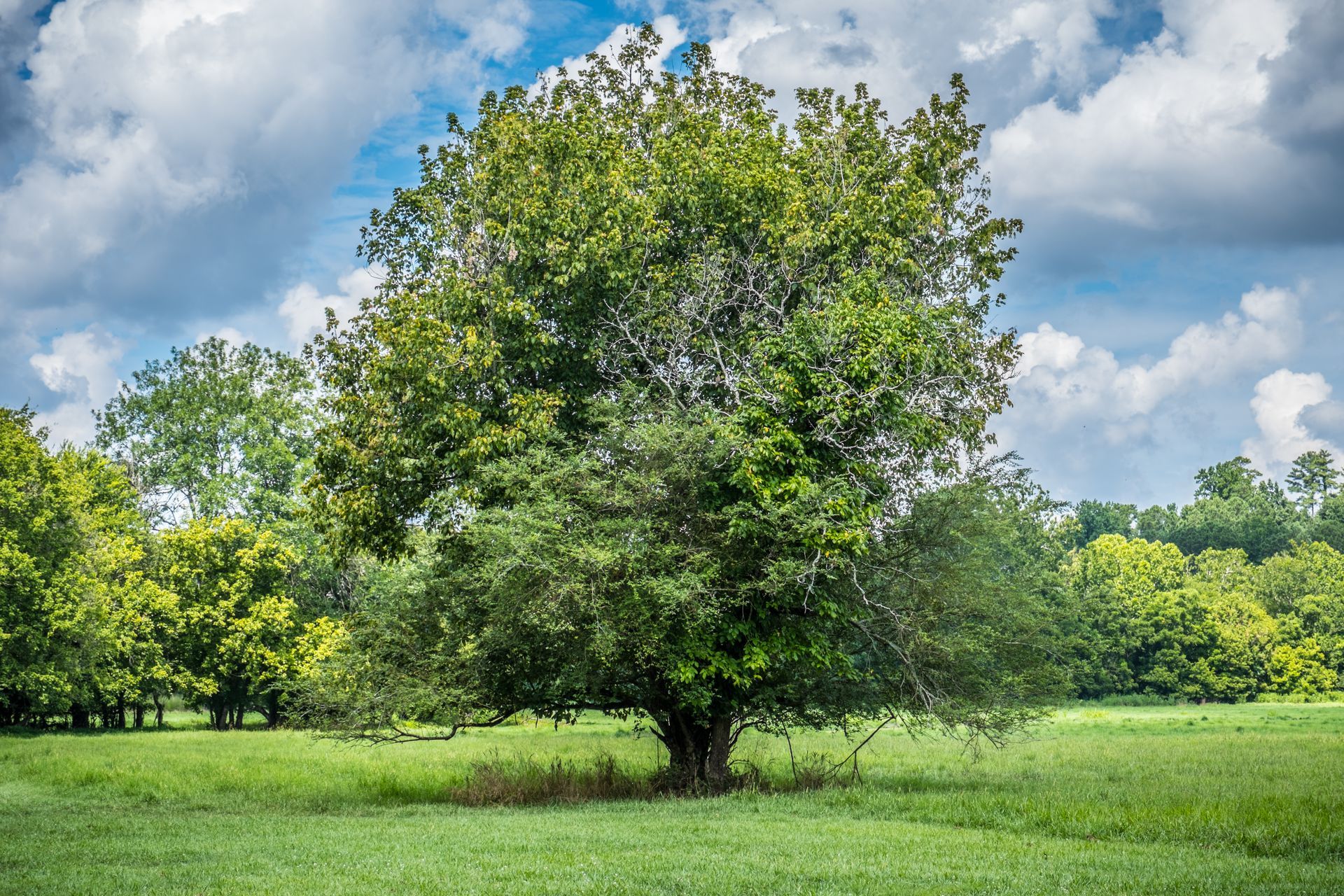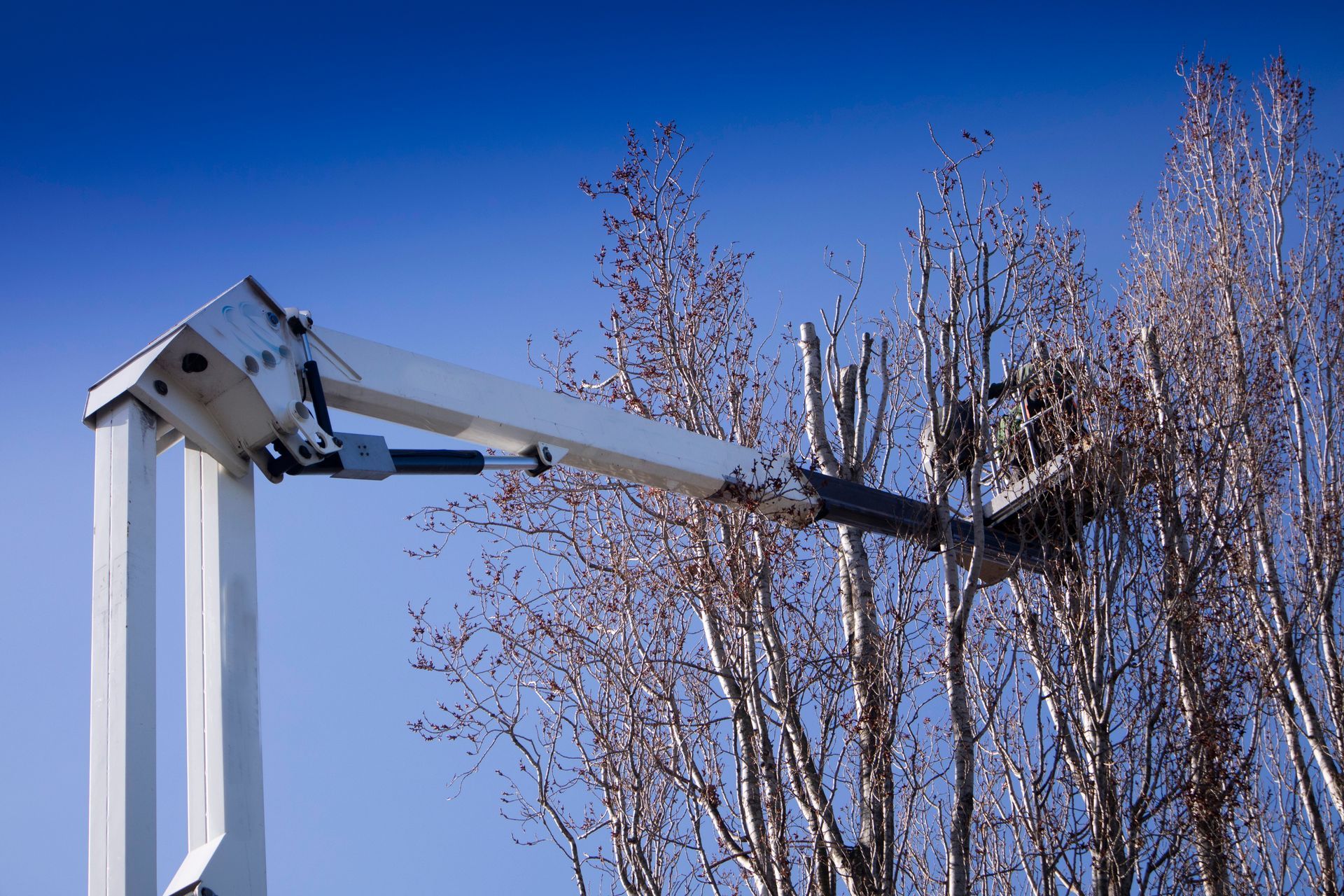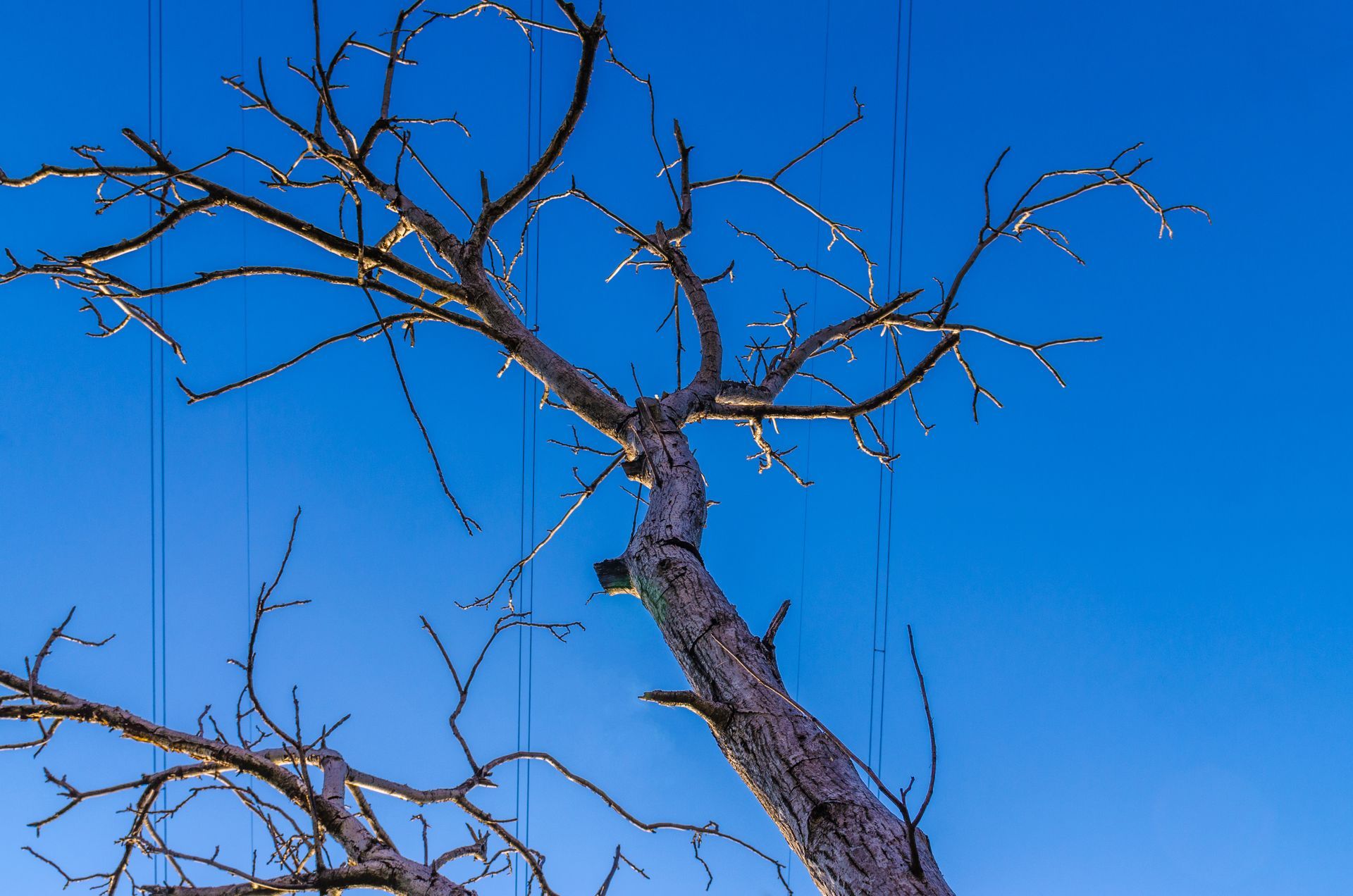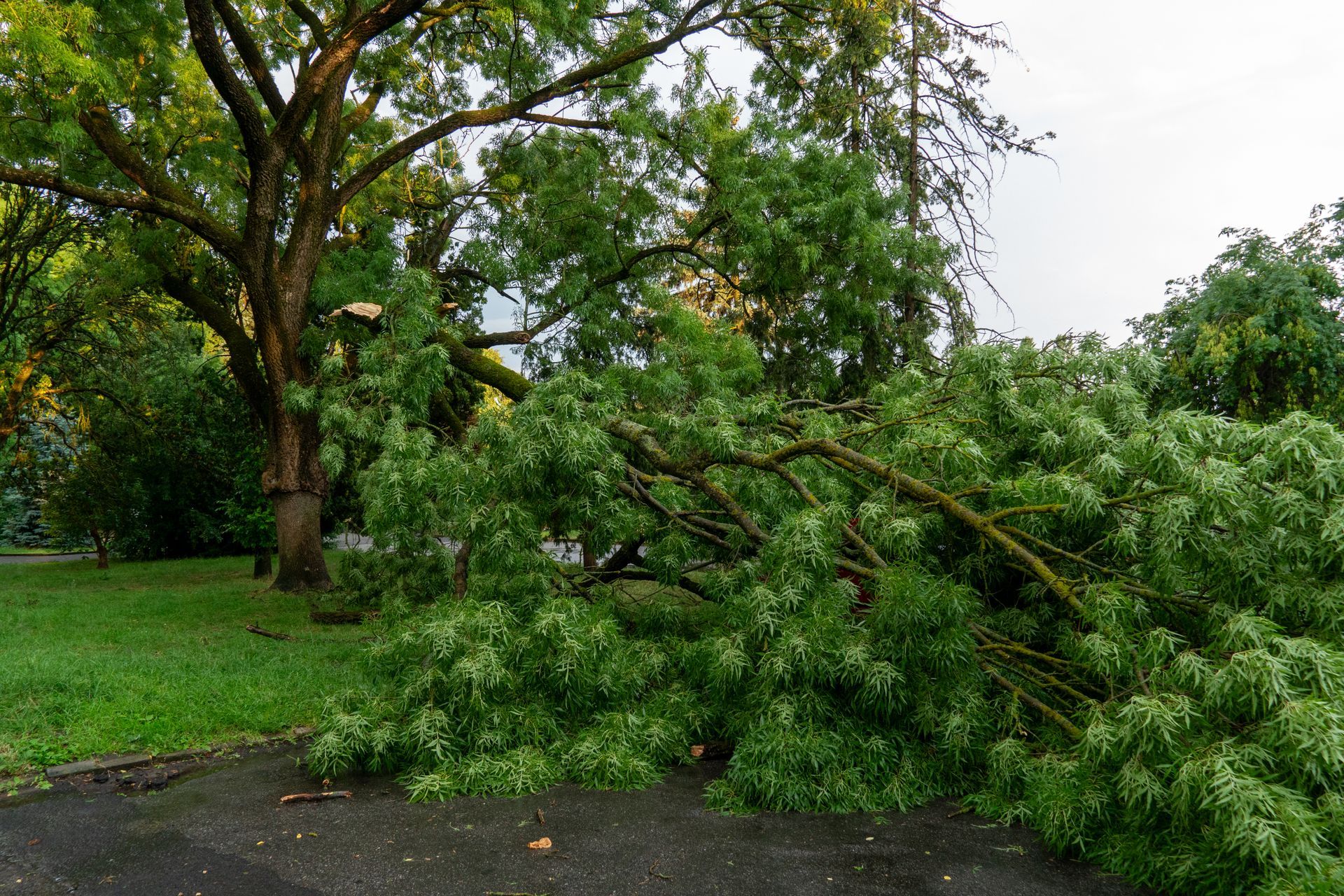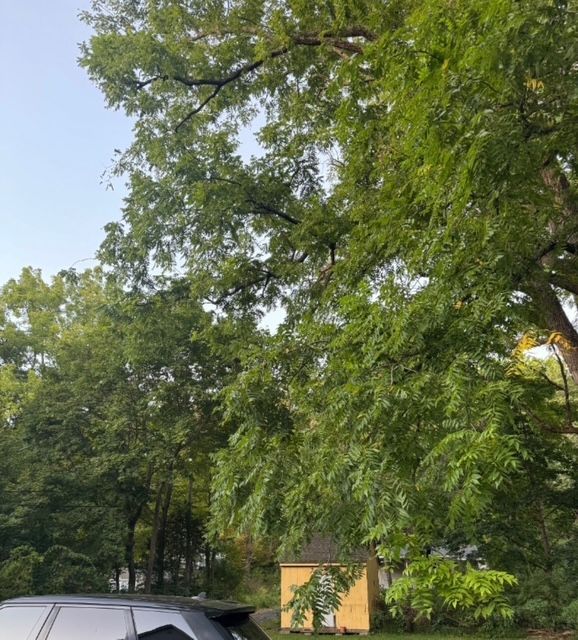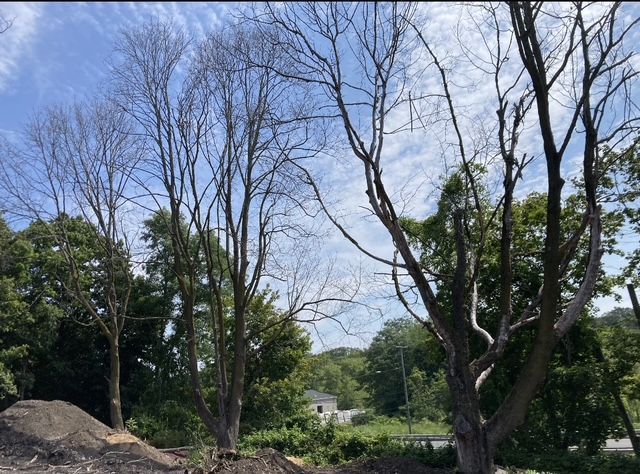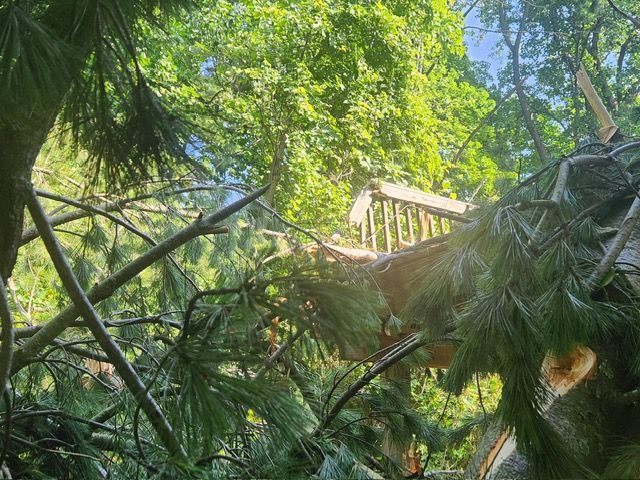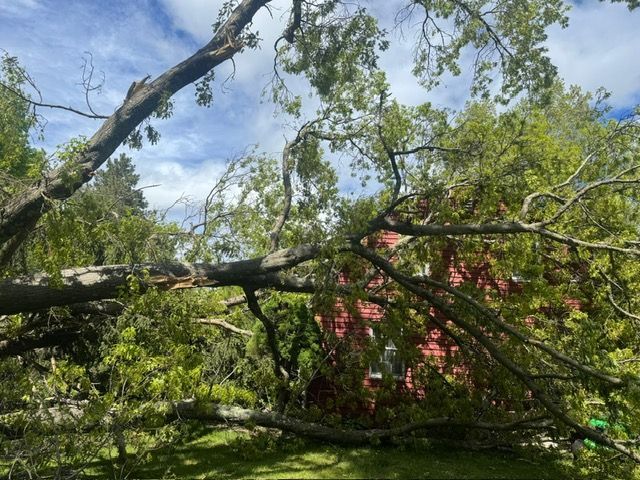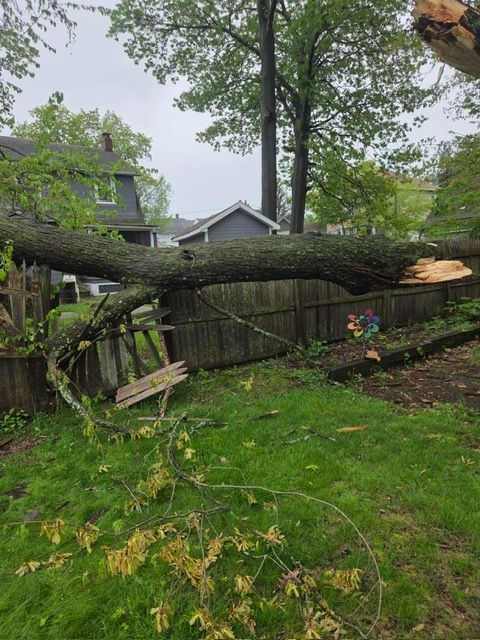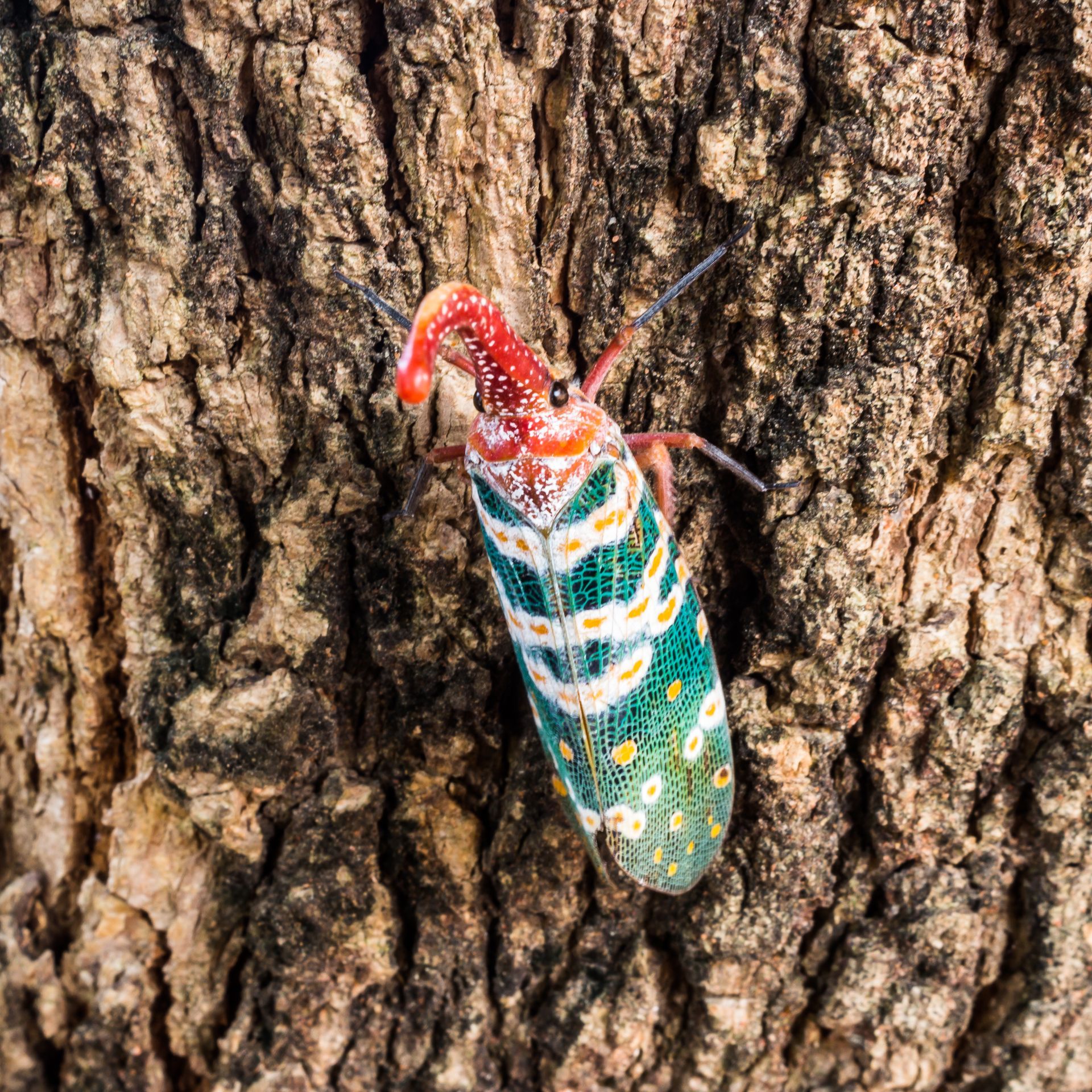Do Trees Grow Faster When You Cut Off Their Branches?
Can Removing Tree Branches Enhance Growth
Trees are remarkable organisms that constantly adapt to their surroundings. A common question is whether removing branches can speed up a tree's growth. We'll explore the complex mechanisms of tree growth, the effects of branch removal, and how strategic tree trimming can influence a tree's growth rate.
Understanding Tree Growth
Trees use photosynthesis to convert sunlight into energy, driving the production of new cells and growth in both height and width. As trees grow, they naturally develop branches and leaves to optimize sunlight absorption and nutrient uptake.
Effects of Branch Removal
Removing branches can stimulate growth under specific conditions. By eliminating dead or damaged tissue, the tree can redirect energy toward new growth. Additionally, branch removal can stimulate the development of new shoots and branches, resulting in a denser and more resilient tree canopy.
However, excessive or improper branch removal can harm tree health. Trees rely on branches for sunlight capture, so removing too many can reduce the tree's ability to produce energy. Improper removal can also create wounds that are vulnerable to disease and pests.
Tree Trimming and Growth Rate
Strategic tree trimming, when done correctly, can promote healthy growth. By selectively removing dead or damaged branches, tree trimming improves overall tree health and stimulates new growth. Proper trimming can also shape the tree and remove obstructive branches, allowing for better light penetration and airflow.
It's crucial to approach tree trimming with care and consideration for the tree's well-being. Over-trimming or trimming at the wrong time of year can stress the tree and impede its growth. Consulting with a professional tree service before trimming can ensure that the tree is trimmed properly and at the right time.
Factors Affecting Tree Growth
Several factors can influence a tree's growth rate, including:
- Species: Different tree species have varying growth rates and responses to pruning. Some species may respond well to pruning and grow vigorously, while others may be more sensitive.
- Age: Younger trees tend to respond more positively to pruning and may exhibit faster growth rates after pruning compared to older, more mature trees.
- Health: The overall health of the tree plays a significant role in its ability to respond to pruning. Healthy trees are more likely to exhibit vigorous growth after pruning compared to unhealthy or stressed trees.
- Season: The time of year when pruning is done can impact a tree's growth rate. Pruning during the dormant season, when the tree is not actively growing, can result in faster regrowth compared to pruning during the growing season.
- Environmental Conditions: Factors such as sunlight, temperature, soil moisture, and nutrient availability can all influence a tree's growth rate and response to pruning.
Tips for Effective Tree Trimming
To ensure that tree trimming promotes healthy growth, consider the following tips:
- Identify Dead or Damaged Branches: Remove dead or damaged branches first to improve the overall health of the tree and stimulate new growth.
- Prune Conservatively: Avoid over-trimming, as this can stress the tree and inhibit growth. Focus on removing only the branches that are necessary for the tree's health and aesthetics.
- Use Proper Tools: Use sharp, clean pruning tools to make clean cuts and minimize damage to the tree's bark.
- Prune at the Right Time: Prune trees during the dormant season or early spring to promote faster regrowth and minimize stress on the tree.
- Consult with a Professional: If you're unsure about how to trim your trees properly, consult with a professional tree service. They can assess your trees' needs and provide expert advice on pruning techniques.
Removing branches can potentially stimulate a tree's growth under the right circumstances. Strategic tree trimming can promote new growth, improve tree health, and enhance the overall appearance of trees. By understanding the effects of branch removal and following proper tree trimming practices, you can help your trees grow healthier and more robustly.
